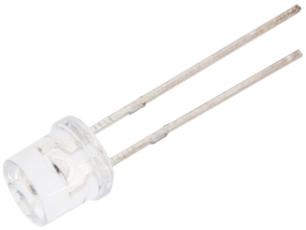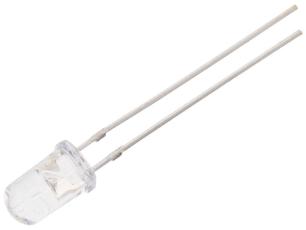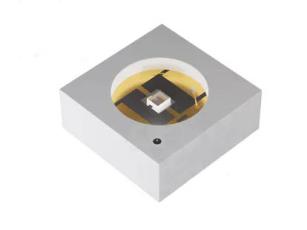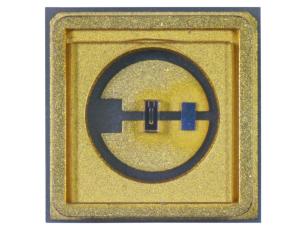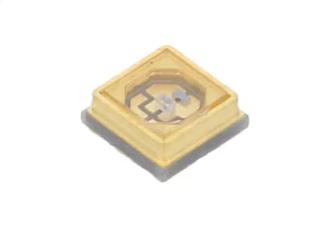About UV radiation:
UV radiation is divided into three main regions: UVA (315-400 nm), UVB (280-315 nm), and UVC (100-280 nm). Each has different biological effects and potential health risks. UVA penetrates deep into the skin and contributes to premature aging. UVB is more energetic and can cause skin and eye damage, including burns. UVC is the most energetic form of UV radiation and is highly effective for disinfection, but also the most harmful to biological tissue. UVC is normally absorbed by the Earth's atmosphere and does not occur naturally at ground level.
Warning: Ultraviolet radiation can cause serious damage to skin and eyes. Under certain conditions, UV radiation may generate ozone, a gas harmful to the lungs. When working with or developing UV-based products, appropriate protective equipment must be used, including UV-blocking safety goggles.
About UV radiation:
UV radiation is divided into three main regions: UVA (315-400 nm), UVB (280-315 nm), and UVC (100-280 nm). Each has different biological effects and potential health risks. UVA penetrates deep into the skin and contributes to premature aging. UVB is more energetic and can cause skin and eye damage, including burns. UVC is the most energetic form of UV radiation and is highly effective for disinfection, but also the most harmful to biological tissue. UVC is normally absorbed by the Earth's atmosphere and does not occur naturally at ground level.
Warning: Ultraviolet radiation can cause serious damage to skin and eyes. Under certain conditions, UV radiation may generate ozone, a gas harmful to the lungs. When working with or developing UV-based products, appropriate protective equipment must be used, including UV-blocking safety goggles.

























